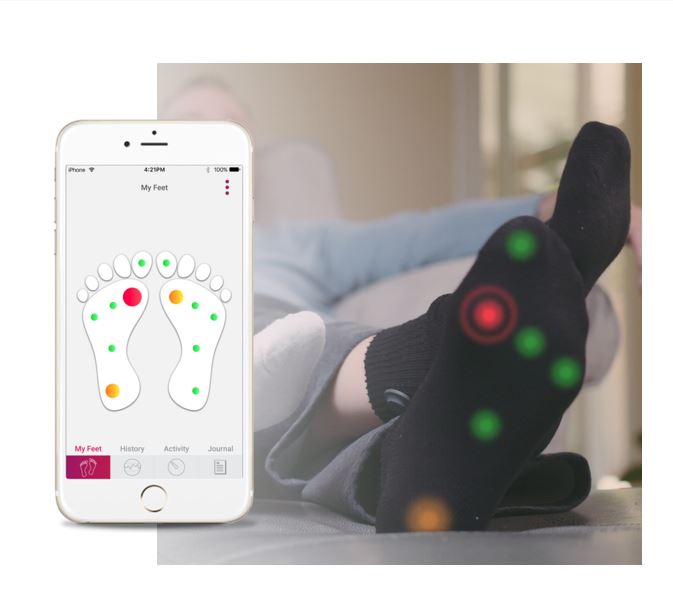The FDA recently released an emergency notice last recalling several implantable pacemakers due to recently discovered cyber security vulnerabilities. According to the FDA, devices manufactured by Abbott’s (formerly St. Jude Medical) could be compromised by hackers with exploits that would allow a third party to affect the speed of the device or deplete its batteries. Fortunately, a simple firmware update will protect patients from any outside interference. Frequency Failure According to the FDA, hackers could take advantage of radio-frequency-enabled pacemakers to compromise the device’s authentication algorithm. Under the right circumstances, bypassing the device’s authentication key and time stamp would allow a nearby attacker to send “unauthorized commands” to the pacemaker via RF communications. Additionally, because the number of “RF wake-up” commands are not limited by these specific pacemakers, a third-party could repeatedly send commands to the device to drain its battery life. Both the Accent and Anthem pacemakers could also potentially reveal patient information to unauthorized parties. As of yet, there are no reports of any real-world infiltrations, and both the FDA and the Department of Homeland Security confirmed the exploit code is “not publicly available.” The Department of Homeland Security warns potential hackers would need to be physically near their intended target. Additionally, the Department of Health promises only “an attacker with high skill would be able to exploit these vulnerabilities.” Nevertheless, the potential for real harm exists, especially because the flaw in the device’s software would allow a third party to slow or stop the device. Even though the possibility of of injury or death remains remote, influencing the speed or power on a pacemaker could result in life-threatening injury, thus spurring the FDA’s recall action. “These vulnerabilities, if exploited, could allow an unauthorized user (i.e., someone other than the patient’s physician)...
Smart Socks
Wearable Tech
The wearables trend shows no signs of abating, and for older adults suffering from chronic diseases like diabetes, a simple “smart sock” could be a lifesaver. For sufferers of both type 1 and type 2 diabetes, foot issues abound, from swelling to numbness and tingling in the toes. Unfortunately, because of the nerve damage triggered by the disease, some foot injuries go unchecked, leading to painful and dangerous complications, including infection and amputation. For older adults, these types of issues are all too common, which is why Siren Care’s Siren Smart Sock could be a game changer. “Diabetic foot ulcers are serious problem,” says Podiatric Surgeon Alexander M. Reyzelman, Co-Director for the UCSF Center for Limb Preservation, in a video about the Siren Sock. “1.5 million patients will develop foot ulcers in the United States, and 20% will develop amputations,” he warns, “and 50-70% will go on to lose their life within five years.” A Different Kind of Wearable While fitness trackers and smart watches grab the spotlight, a quiet revolution is afoot. The number of wearables designed for medical use is growing every day, especially in the senior care market. For the 11.8 million senior citizens suffering from diabetes, using test strips and blood pricks can be complicated. Because self-monitoring can be difficult for older adults, specially designed wearables can help with compliance and improve overall health by flagging small issues before they become a big crisis. Be it socks or wristbands, the simplicity of the system is one of the main advantages. “…it is simply not possible to design a device that meets the expectations of a millennial while being operable by an octogenarian,” explains Thor Schrock, developer of the Allen Band, a wristband that helps detects falls. “The most important thing to...
Paperless Progress
Electronic Health Records
With thirty years of experience in nursing and senior care, Rhonda Knisley understands the power of ditching paper records for digital data. For the last three decades, Rhonda Knisley has watched healthcare change from paper archives and prescription pads to digital data and mobile record keeping. All along, she’s focused on providing senior living residents with personalized care while being at the forefront of some the industry’s newest technologies and services. Rough and Rewarding “When I started my job 30 years ago, I walked into the building and down the longest hall. There were 35 residents all lined up on one side of the hallway in their wheelchairs. I looked at them and thought to myself, ‘This may be the worst job I’ll ever have,’” she admits. “But then I absolutely loved it! I walked in as a floor nurse and within six months, I was the director of nursing. Within a year, I was the executive director of nursing. In the end, I became a consultant. Overall, it’s been very rewarding.” As Director of Nursing for First Community Village, Rhonda Knisley has done everything from coordinating software implementations to running multi-facility nursing operations. “I loved working in the continuing care arena,” she says. “I’d see people come into the healthcare center and then transition back into the community, and I can see how they are able to stay connected with their friends and family.” A Multifaceted Population Headquartered Ohio, National Church Residences is the nation’s largest not-for-profit provider of affordable senior housing and services with 340 communities in 28 states and Puerto Rico. At First Community Village, a National Church Residence property located in Arlington, OH, the community residents encompass a varied demographic. “We have a very affluent population, and because it’s Upper Arlington,...



